The Galapagos Islands, a volcanic archipelago located in the Pacific Ocean, are a world-renowned destination for their unique biodiversity and stunning landscapes. This UNESCO World Heritage Site, situated about 1,000 kilometers off the coast of Ecuador, is a living museum and a showcase of evolution. The islands are home to an array of endemic species that have captivated the minds of scientists, naturalists, and travelers for centuries.
The Galapagos Islands are a place of wonder and discovery, where the mysteries of nature unfold before your eyes. The islands’ isolation has led to the development of unique animal species, such as the land iguana, the giant tortoise, and the many types of finch that inspired Charles Darwin’s theory of evolution by natural selection following his visit in 1835.
The Galapagos are not just about the wildlife. The islands are also a geological marvel, with their dramatic volcanic landscapes, pristine beaches, and crystal-clear waters. The human history of the Galapagos is equally fascinating, with tales of pirates, whalers, and early settlers.
Today, the Galapagos Islands are a beacon for conservation efforts, with numerous initiatives in place to protect and preserve their unique ecosystems. Despite the challenges, the Galapagos remain a must-visit destination for anyone interested in nature, wildlife, and adventure.
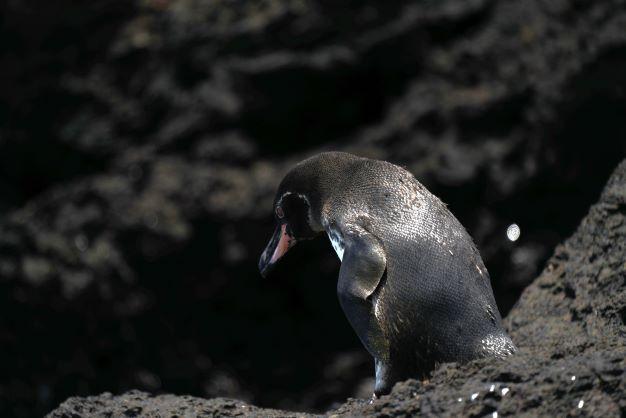
A Galapagos Penguin is just one of the many amazing creatures you will find on the Galapagos.
The Unique Biodiversity: A Closer Look at Galapagos Wildlife
The Galapagos Islands are a biodiversity hotspot, with a high number of endemic species. These are species that can’t be found anywhere else in the world. The islands are home to more than 9,000 species, including over 30% of the plants, 80% of the land birds, and 97% of the reptiles and land mammals that are endemic.
One of the most iconic species of the Galapagos is the giant tortoise, which can live for over 100 years in the wild. There are 15 species of giant tortoises in the Galapagos, each adapted to their specific island habitat. The tortoises are a keystone species in the Galapagos ecosystem, playing a crucial role in maintaining the health of the islands’ environments.
The Galapagos marine iguana is another unique species that can only be found in the islands. These are the only iguanas in the world that have the ability to live and forage in the sea, making them a marvel of evolution.
The Galapagos penguin is the only penguin species that lives north of the equator in the wild. They have adapted to the tropical climate by panting to cool down and holding their flippers away from their bodies.
The Galapagos Islands: A Geological Marvel
The Galapagos Islands are a geological wonder, formed by volcanic activity over millions of years. The archipelago consists of 13 main islands, 6 smaller islands, and over 100 islets and rocks, each with its unique geological features.
The islands are located on the Nazca tectonic plate, which is moving east-southeast over the Galapagos hotspot, a place where the Earth’s crust is being melted from below by a mantle plume. This has resulted in a chain of islands that are progressively older as you move from west to east.
The most recent volcanic activity occurred in 2018 on the island of Fernandina, which is the youngest and most volcanically active island in the archipelago. The islands’ volcanic origins are evident in their dramatic landscapes, with features such as lava fields, volcanic craters, and tunnels.
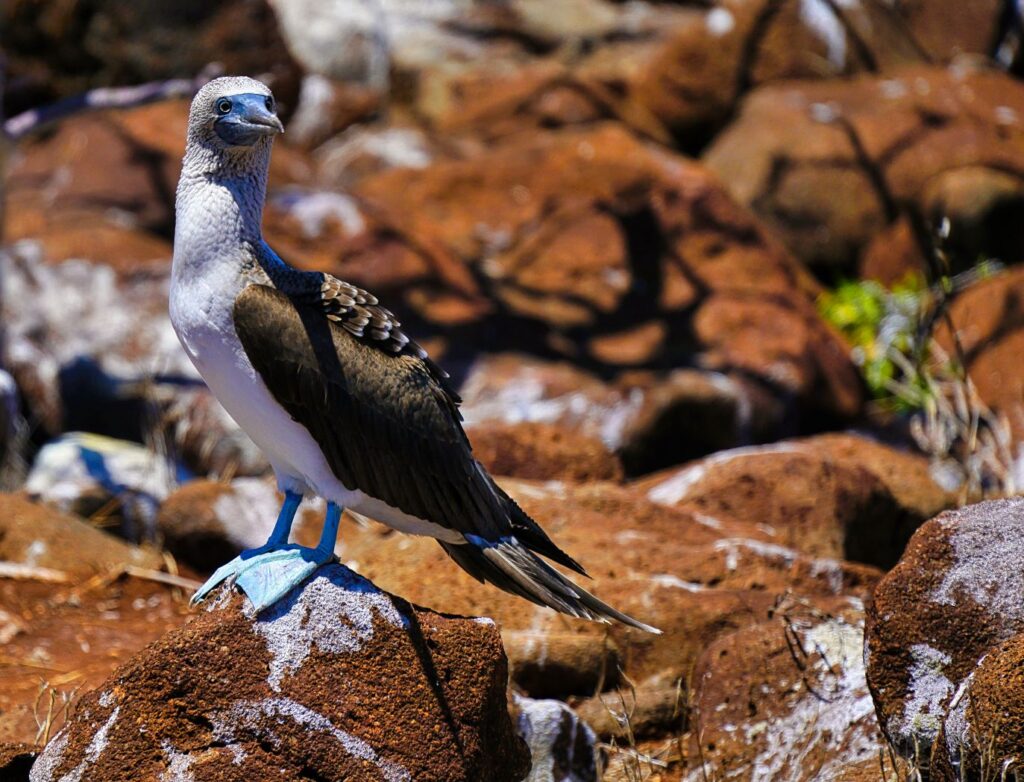
A Blue Footed Boobie
The Human History: Exploring the Cultural Heritage of the Galapagos
The human history of the Galapagos Islands is a tale of discovery, exploitation, and conservation. The islands were discovered by chance in 1535 by a Spanish bishop, Tomás de Berlanga, who was blown off course while sailing to Peru.
For centuries, the Galapagos were a refuge for pirates and buccaneers, who used the islands as a base for attacking Spanish galleons. In the 19th century, the islands were frequented by whalers and fur seal hunters, who decimated the local populations of these species.
The Galapagos were officially claimed by Ecuador in 1832. The arrival of settlers in the late 19th and early 20th centuries led to the introduction of non-native species and the destruction of habitats, posing a threat to the islands’ unique ecosystems.
Conservation Efforts: Protecting the Galapagos Ecosystem
The Galapagos Islands are a global priority for conservation due to their unique biodiversity and fragile ecosystems. The islands were declared a national park in 1959, and a marine reserve in 1986, protecting 97% of the land area and surrounding waters.
The Charles Darwin Foundation, established in 1959, conducts scientific research and provides technical information and assistance to ensure the conservation of the Galapagos. The Galapagos National Park Directorate, the governmental authority responsible for the management and protection of the islands, works closely with the Foundation and other organizations to implement conservation programs.
Despite these efforts, the Galapagos face numerous threats, including invasive species, illegal fishing, climate change, and increasing tourism. However, through rigorous conservation measures and sustainable tourism practices, it is hoped that the unique biodiversity and beauty of the Galapagos can be preserved for future generations.
Must-See Attractions: Unmissable Experiences in the Galapagos
The Galapagos Islands offer a wealth of experiences for nature lovers and adventure seekers. One of the must-see attractions is the Charles Darwin Research Station on Santa Cruz Island, where you can learn about the islands’ unique ecosystems and conservation efforts.
For wildlife enthusiasts, a visit to the Tortoise Breeding Center on Isabela Island is a must. Here, you can see giant tortoises in all stages of development, from tiny hatchlings to full-grown adults.
Snorkeling in the clear waters of the Galapagos is an unforgettable experience, with the chance to see colorful fish, playful sea lions, and perhaps even a Galapagos shark. For the more adventurous, diving trips offer the opportunity to explore the underwater world of the Galapagos Marine Reserve, one of the most diverse marine ecosystems in the world.
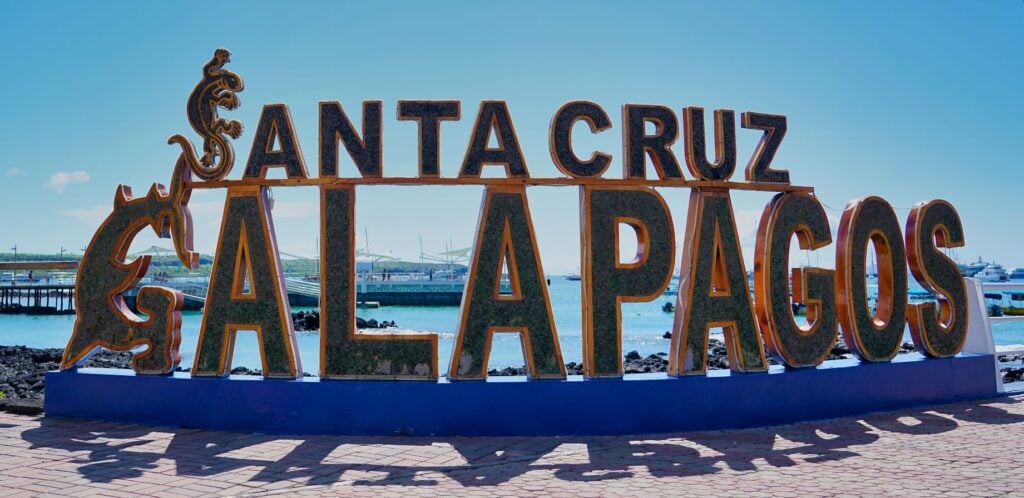
We stayed in Santa Cruz. A perfect spot for day trips with some great local spots for dining and shopping.
Practical Information: Planning Your Trip to the Galapagos
When planning your trip to the Galapagos, there are several practical considerations to keep in mind. The islands can be visited year-round, but the best time to go depends on what you want to see and do. The warm season (December to May) is best for snorkeling and swimming, while the cool season (June to November) is ideal for wildlife watching, as many species are more active during this time.
Getting to the Galapagos involves flying to Ecuador’s mainland and then taking a domestic flight to the islands. Once there, you can explore the islands by boat or stay on one of the inhabited islands and take day trips. We recommend staying on one of the inhabited islands and taking day trips as they are wonderful and with the rules and regulations of the islands you still feel like you have the entire island to yourself.
Visitors to the Galapagos must pay a park entrance fee, which is used to fund conservation efforts. It’s also important to remember that the Galapagos is a protected area, and visitors must follow the park rules, which include not touching or feeding the wildlife, staying on marked trails, and not taking anything from the islands.
Our Final Word: Why the Galapagos Should Be Your Next Destination
The Galapagos Islands are a unique destination that offers an unparalleled opportunity to observe wildlife up close, explore stunning landscapes, and learn about conservation efforts. The islands’ unique biodiversity, fascinating human history, and ongoing conservation efforts make them a must-visit destination for nature lovers, wildlife enthusiasts, and adventure seekers.
Visiting the Galapagos is not just about seeing the sights. It’s about immersing yourself in a unique environment, understanding the importance of conservation, and experiencing the wonder of nature. As Charles Darwin said, “The natural history of these islands is eminently curious, and well deserves attention.” The Galapagos Islands are a testament to this statement, and a trip to this enchanting archipelago is sure to be an unforgettable experience.
Related Posts
Lost in the Pantanal
We are searching for the apex predator of the Pantanal – the Jaguar.
The Pantanal, a sprawling wetland that stretches across Brazil, Bolivia, and Paraguay, is a haven for wildlife. It’s a place where the air is filled with the cacophony of bird calls, the rustling of leaves as capybaras scurry by, and caiman swimming nearby. Searching for jaguars in the Pantanal is an adventure that promises excitement, awe, and a deep appreciation for the beauty of nature.
Exploring the Rich Culture and Natural Beauty of Costa Rica: 5 Intriguing Facts
Costa Rica, a land of captivating beauty and vibrant culture, offers a plethora of intriguing facts to discover. From its lush rainforests teeming with exotic wildlife to its warm and welcoming locals, this Central American gem never fails to amaze. Prepare to be enchanted by its stunning biodiversity, awe-inspiring volcanoes, and delicious traditional cuisine.
The Human Connection: Why We Should Care About People We Meet on Our Travels
“The Human Connection” explores the profound impact of human interactions during travels. It emphasizes the importance of embracing local cultures, understanding diverse perspectives, and forming meaningful connections. This post encourages readers to see beyond tourist spots and delve deeper into the heart of the places they visit, through the people they meet.

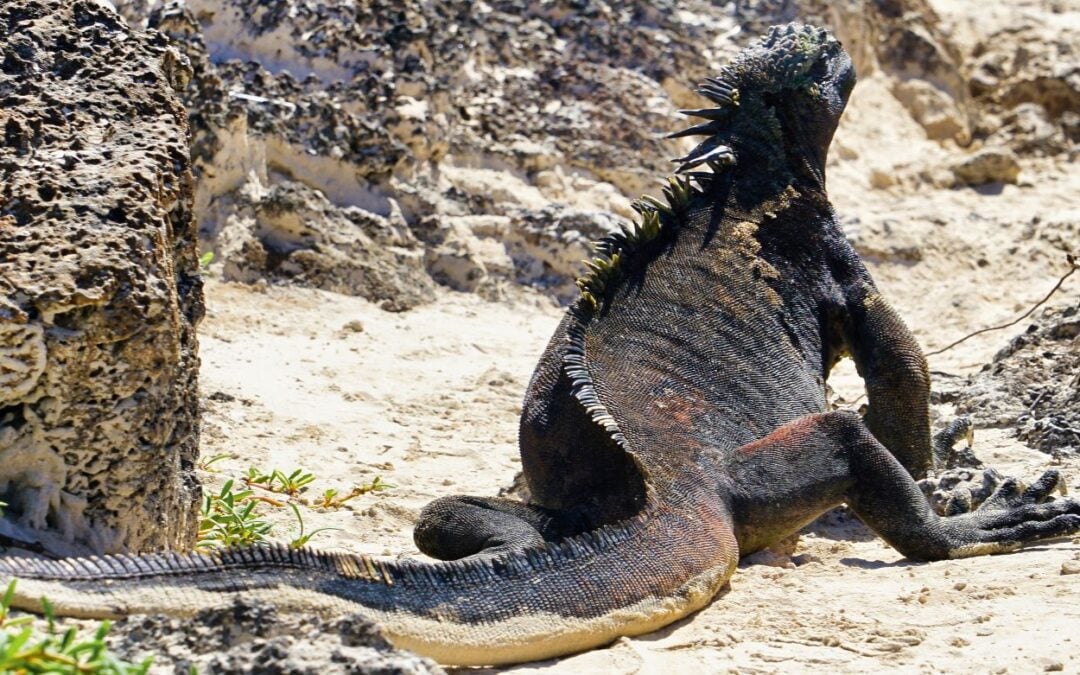
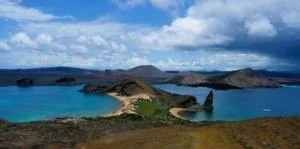



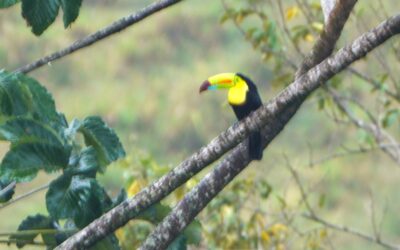




0 Comments